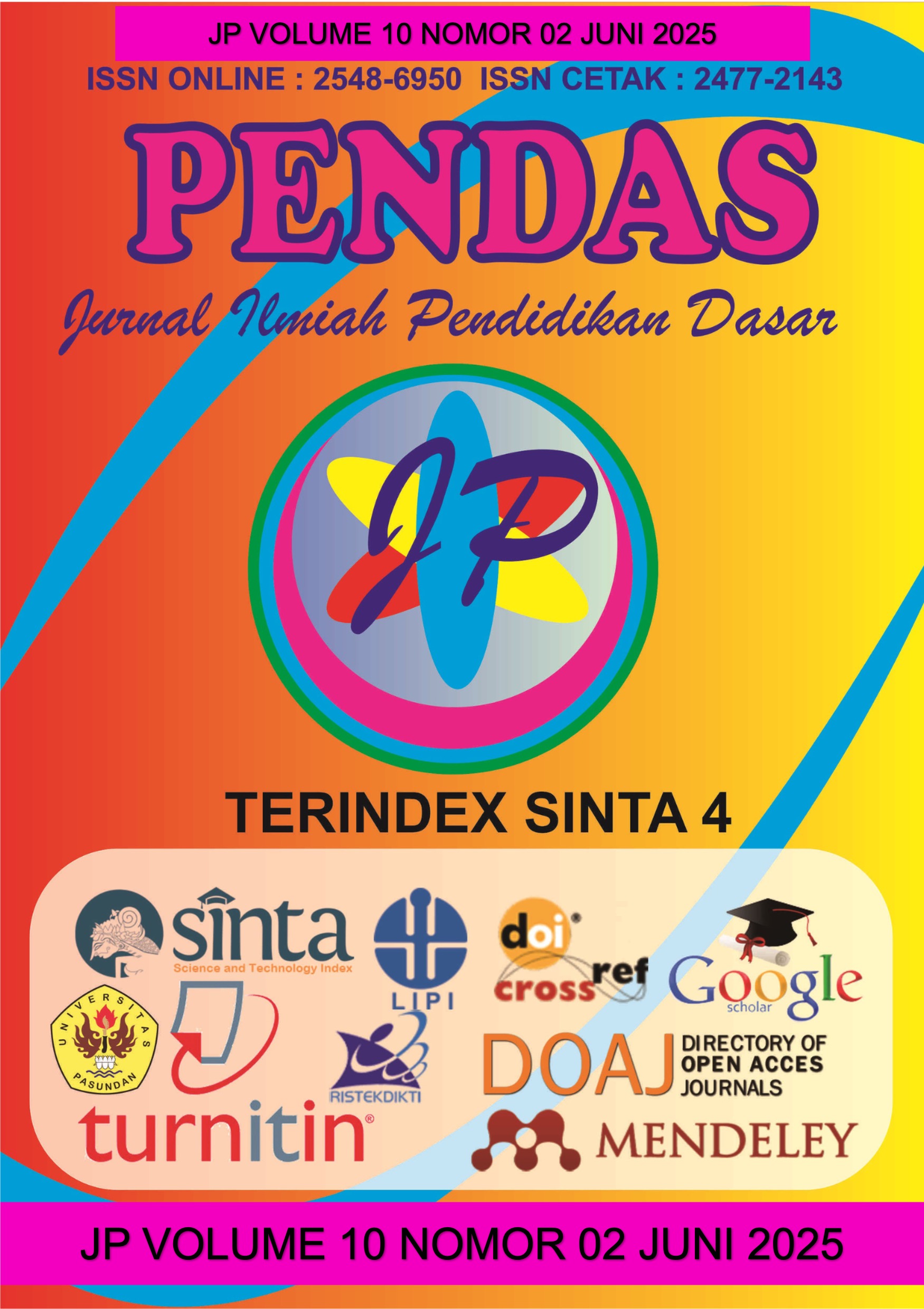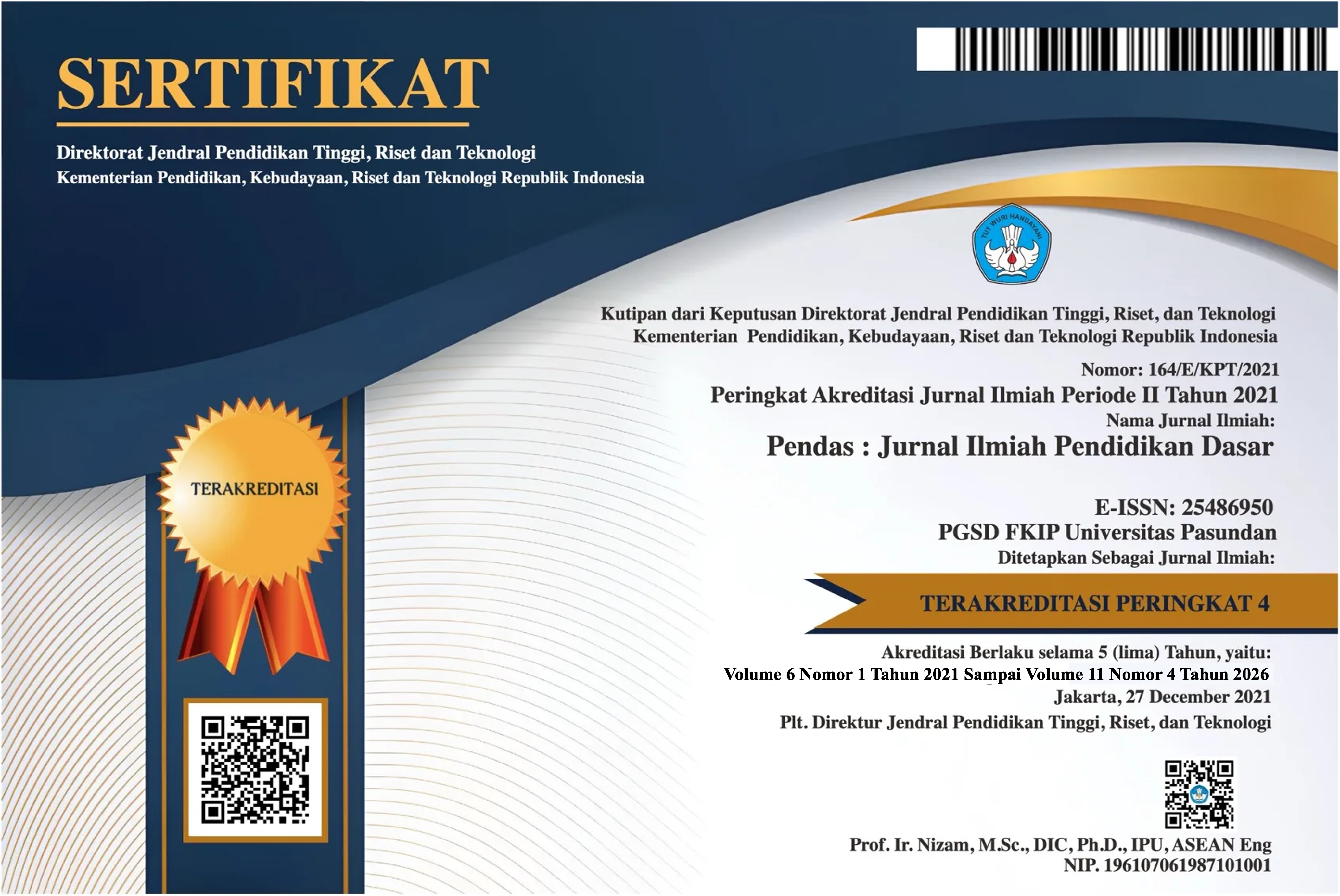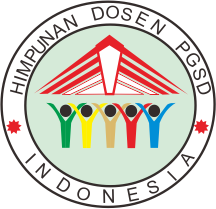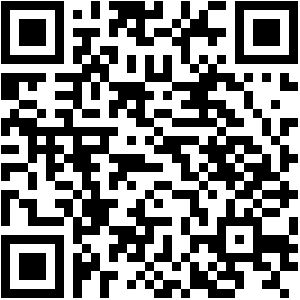PENGARUH PENGGUNAAN MEDIA PETA TERHADAP KEMAMPUAN BERPIKIR SPASIAL SISWA KELAS XI SMAN 14 PADANG PADA MATERI PERSEBARAN WILAYAH RAWAN BENCANA ALAM DI INDONESIA
DOI:
https://doi.org/10.23969/jp.v10i02.27588Keywords:
Map Media, Spatial Thinking, Learning Outcomes, Natural Disaster Prone Areas, Geography LearningAbstract
The purpose of this study was to determine whether the use of map media can affect the spatial thinking skills of students at SMAN 14 Padang City and to determine the learning outcomes of students' spatial thinking skills at SMAN 14 Padang City on the material of the distribution of areas prone to natural disasters in Indonesia using map media. This study used an experimental method with a quantitative research type and a sampling technique using the purposive sampling method by determining class XI F11 as the experimental class and class X F10 as the control class. The data collection techniques used were observation, tests, and documentation. The spatial thinking ability test was given after treatment to both classes. The test was given in the form of essay questions using spatial thinking indicators. The results showed that the average value of the essay test results of the experimental class students was higher than the control class. The average for the experimental class was 85.24 and the control class was 71.37. Based on the results of the independent sample t-test, it is also known that the significance value is 0.001 where the value is smaller than 0.05 so that H0 is rejected and Ha is accepted and it can be concluded that the use of map learning media has a positive impact on student learning outcomes on the material on the distribution of areas prone to natural disasters in Indonesia.
Downloads
References
Abdillah, L. A., Sufyati, H. S., Muniarty, P., Nanda, I., Retnandari, S. D., Wulandari, W.,& Sina, I. (2021). Metode penelitian dan analisis data comprehensive (Vol. 1). Penerbit Insania.
Ahyuni, A. (2016). Pengembangan Bahan Ajar Berpikir Spasial bagi Calon Guru Geografi.
Aliman, M., Budijanto, Sumarmi, Astina, I. K., Putri, R. E., & Arif, M. (2019). The effect of earthcomm learning model and spatial thinking ability on geography learning outcomes. Journal of Baltic Science Education, 18(3), 323–334.
Amaluddin, L. O., Rahmat, R., Surdin, S., Ramadhan, M. I., Sejati, A. E., Hidayat, D. N., Purwana, I. G., & Fayanto, S. (2019). The effectiveness of outdoor learning in improving spatial intelligence. Journal for the Education of Gifted Young Scientists, 7(3), 717–730.
Asiyah, S., Murjainah, M., & Wardiah, D. (2020). Studi Kemampuan Berfikir Spasial Siswa Kelas X pada Mata Pelajaran Geografi di SMA Negeri 2 Muara Pinang. JURNAL SWARNABHUMI: Jurnal Geografi dan Pembelajaran Geografi, 5(1), 63-68.
Carrera, C. C., & Asensio, L. A. B. (2016). Augmented Reality as a Digital Teaching Environment to Develop Spatial Thinking. Cartography and Geographic Information Science, 44(3), 259–270.
Chu, G., Choi, J., Hwang, C. S., Andersen, D., & Swanson, K. (2016). Teaching Spatial Thinking with The National Atlas of Korea: A Valuable Resource for Advanced Placement Human Geography. The Geography Teacher, 13(4), 166–178.
Dematteis, G., & Giorda, C. (2013). Territorial values and geographical education. J-READING Journal of Research and Didactics in Geography, 1.
Febrianto, A. D., & Irawan, L. Y. (2021). Pengaruh penggunaan media Webgis Inarisk terhadap kemampuan berpikir spasial siswa pada materi mitigasi dan adaptasi bencana. Jurnal Pendidikan Geografi: Kajian, Teori, Dan Praktek Dalam Bidang Pendidikan Dan Ilmu Geografi, 26(2), 73–84.
Febrianto, A. D., Purwanto, & Irawan, L. Y. (2021). Pengaruh Penggunaan Media Webgis Inarisk terhadap Kemampuan Berpikir Spasial Siswa pada Materi Mitigasi dan Adaptasi Bencana. Jurnal Pendidikan Geografi, 26(2), 73–84.
Flynn, K. C. (2018). Improving spatial thinking through experiential-based learning across international higher education settings. International Journal of Geospatial and Environmental Research, 5(3), 19.
Hardani., Andriani, H., Ustiawaty, J., Utami, E.F., Istiqomah, R.R., Fardani, A.R., Sukmana, D.J., & Auliya, N. H. (2020). Buku Metode Penelitian Kualitatif & Kuantitatif.
Lee, J., & Bednarz, R. (2009). Effect of GIS Learning on Spatial Thinking. Journal of Geography, 33(2).
Maharani, W., & Maryani, E. (2015). Peningkatan Spatial Literacy Peserta Didik Melalui Pemanfaatan Media Peta. Jurnal Geografi Gea, 15(1).
Marhadi. 2014. Pengantar Geografi Regional. Yogyakarta: Ombak.
Maxim, George W. (2010). Dynamic Social Studies for Constructivist Classroom: Inspiring Tomorrow’s Social Scientists (Ninth Edition). Boston: Allyn & Bacon, Pearson.
Metoyer, S., & Bednarz, R. (2017). Spatial Thinking Assists Geographic Thinking: Evidence from a Study Exploring the Effects of Geospatial Technology. Journal of Geography, 116(1), 20–33.
Mustamin, P. (2020). Pemgaruh Penggunaan Media Peta Terhadap Hasil Belajar Siswa Pada Mata Pelajaran IPS Kelas IV SD Negeri 46 Membura Kabupaten Enrekang (Doctoral dissertation, UNIVERSITAS NEGERI MAKASSAR).
Nana Sudjana. 2017. Penilaian Hasil Proses Belajar Mengajar. Bandung : PT Remaja Rosdakarya.
Nofrion, N. (2018). Karakteristik pembelajaran geografi abad 21.
Nur’Wasilah, F., Mukti, A., & Hamzah, N. (2023). Relavansi Pendidikan Abad Ke 21 Dengan Kurikulum Merdeka Belajar Pada Pembelajaran PAI Di Sekolah. Journal of Comprehensive Science (JCS), 2(10), 1717-1727.
Oktavianto, D. A. (2017). Pengaruh pembelajaran berbasis proyek berbantuan google earth terhadap keterampilan berpikir spasial. Jurnal Teknodik, 059-059.
Rahma, A. (2018). Implementasi program pengurangan risiko bencana (PRB) melalui pendidikan formal. Jurnal Varidika, 30(1), 1-11.
Ridha, S., Utaya, S., Bachri, S., & Handoyo, B. (2019). Students’ Geographic Skills in Indonesia: Evaluating GIS Learning Material Questions Using Taxonomy of Spatial Thinking. Journal of Social Studies Education Research, 10(4), 266–287.
Robbin, P, Stephen And Tymothy A Judge. 2013. Organizational Behaviour. Edition 15. Pearson Education. USARobbin, P, Stephen dan Tymothy A Judge. 2014. Perilaku Organisasi. Edisi 16, Salemba Empat, Jakarta.
Sandria, T. M. & Ahyuni. Kategori Pertanyaan Berpikir Spasial Di Dalam Buku Teks Geografi Sma Kelas Xii Terbitan Erlangga.
Saputro, R. (2020). Kemampuan Berpikir Spasial Peserta Didik Menggunakan Peta Dan Citra Inderaja Pada Pembelajaran Geografi Di SMA N 1 Bae Kudus. Universitas Negeri Semarang.
Septiana, L., Aji, A. L., Simanjuntak, R., & Farkhan, M. R. (2022). Pengaruh Penggunaan Media Pembelajaran Berbasis IT Terhadap Kemampuan Spasial Dan Hasil Belajar Geografi Siswa SMA AL Azhar 3 Bandar Lampung Tahun 2020. GEOSEE, 3(2), 29-34.
Setiawan, I. (2016). Peran Sistem Informasi Geografis (SIG) dalam Meningkatkan Kemampuan Berpikir Spasial (Spatial Thinking). Jurnal Geografi Gea, 15(1).
Sugiyono. (2015). Metode Penelitian Kombinasi (Mix Methods). Bandung: Alfabeta.
Wang, C., Zhao, H.,Li, J., & Zhang. (2021). The effect of geographic mapping on spatial thinking of primary school students. Jurnal of geographic in Higher Education. 45(1), 1-16.
Wijayanto, B., Sutriani, W., & Luthfi, F. (2020). Kemampuan Berfikir Spasial dalam Pembelajaran Abad 21. Jurnal Samudra Geografi, 3(2), 42–50.
Yulianto, R., Pujiati, P., Suroto, S., & Albet Maydiantoro, A. (2022). Analisis kebutuhan pengembangan e-modul pembelajaran berbasis Flipbook Maker untuk meningkatkan hasil belajar siklus akuntansi perusahaan jasa. Economic Education and Entrepreneurship Journal, 5(1), 74-84.
Downloads
Published
Issue
Section
License
Copyright (c) 2025 Pendas : Jurnal Ilmiah Pendidikan Dasar

This work is licensed under a Creative Commons Attribution 4.0 International License.



















